Giving Voice to Bear

Hidatsa shield cover. Photo courtesy of the Buffalo Bill Historical Center, Cody, Wyoming.

GIVING VOICE TO
BEAR
North American Indian
Myths, Rituals, and
Images of the Bear
David Rockwell
Illustrations by Janet McGahan
ROBERTS
RINEHART
For My Parents and Addy
Copyright 1991 by David Rockwell
First Roberts Rinehart Publishers paperback edition published in 2003
All rights reserved. No part of this book may be reproduced in any form or by any electronic or mechanical means, including information storage and retrieval systems, without written permission from the publisher, except by a reviewer who may quote passages in a review.
Published by Roberts Rinehart Publishers
A Member of the Rowman & Littlefield Publishing Group
4501 Forbes Boulevard, Suite 200
Lanham, MD 20706
Distributed by National Book Network
The first edition of this book was previously catalogued by the Library of Congress as follows:
Rockwell, David.
Giving voice to bear: North American Indian myths, rituals, and images of the bear / David Rockwell.
p. cm.
Includes bibliographical references and index.
ISBN: 978-1-57098-393-1
1. Indian mythology. 2. Indians of North Americafolklore. 3. Bearsfolklore. I. Title.
E98.R3 R57 1991 91060437
 The paper used in this publication meets the minimum requirements of American National Standard for Information SciencesPermanence of Paper for Printed Library Materials, ANSI/NISO Z39.48-1992.
The paper used in this publication meets the minimum requirements of American National Standard for Information SciencesPermanence of Paper for Printed Library Materials, ANSI/NISO Z39.48-1992.
Manufactured in the United States of America.
CONTENTS

ACKNOWLEDGMENTS
I OWE A PARTICULAR DEBT of gratitude to Mary Stranahan for her belief in this project from its inception, and for her patient support. I am indebted also to Doug Baty for his unfailing loyalty and generosity and for the use of his cabin. I wish to thank Jerry McGahan for his painstaking editing of the manuscript, for his ideas, and, most of all, for his remarkable enthusiasm. I am grateful to Dorothy Patent for valuable comments on the book outline and work on early chapter drafts, to Harvey and Emmalou Baty for their support and counsel, and to Tom Roy for his encouragement and help. I would especially like to thank Mike Dolson for his careful readings. Beth Ferris, Charles Jonkel, Roy Bigcrane, Tom Smith, Steve and Marilynn French, Joseph Epes Brown, Art Souukkala, Pat Tucker, and Bruce Weide also reviewed all or parts of the manuscript and provided helpful comments. I owe a special thank you to Johnny Arlee for his early encouragement. Marianne Farr and others at the Mansfield Library in Missoula and Bob Bigart at the Salish Kootenai College Library generously assisted me with hundreds of requests. Marianne and Antje Baty translated several letters and articles. I also wish to thank Deborah Broaddus, the books copy editor at Roberts Rinehart, for her many contributions to the manuscript, and Rick Rinehart and Carrie Jenkins for their help with various aspects of the book. I am grateful to Janet McGahan for her charcoal sketches that appear throughout the book. Finally, I wish to thank my wife, Nancy, for her ideas, for her help with editing and proofreading, and for her support and understanding.
Grateful acknowledgment is hereby made to the following publishers for use of material under copyright:
Chapter One
To Yale Universitys Peabody Museum of Natural History for the story The Man Who Slept in a Bears Hole, which appeared in the article Ingalik Mental Culture by Cornelius Osgood in the Yale University Publications in Anthropology, Number 56. To Crossroad Press for the quote from The Spiritual Legacy of the American Indian by Joseph Epes Brown. Copyright 1982 by Joseph Epes Brown. Reprinted by permission of the Crossroad Publishing Company.
Chapter Two
To the University of Chicago Press for the quote from Pueblo Indian Religion by Elsie Clews Parsons. Copyright 1939 by the University of Chicago Press. Reprinted with permission.
Chapter Four
To the University of Chicago Press for Chief Henrys quote from Make Prayers to the Raven by Richard Nelson. Copyright 1983 by the University of Chicago Press. To the American Folklore Society for the Athapakan riddles from the Journal of American Folklore 97 (JanMarch 1984):383. Not for sale or further reproduction. To the Canadian Museum of Civilization for the Inland Tlingit description of how one discovers if a bear is inside a den.
Chapter Six
To the University of Oklahoma Press for the vision of the Lakota bear medicine man from Sioux Indian Religion: Tradition and Innovation, edited and with an introduction by Raymond J. DeMallie and Douglas R. Parks. Copyright 1987 by the University of Oklahoma Press. To the University of California Publications in American Archaeology and Ethnology, 1(2), for the Hupa tale Bear Discovers Medicine for Women, which appeared in the article Hupa Texts by P. E. Goddard. To the University of Nebraska Press for the Thomas Tyon quote reprinted from Lakota Belief and Ritual by James R. Walker, edited by Raymond J. De Mallie and Elaine Jahner. Copyright 1980 by the University of Nebraska Press. To the American Folklore Society for the tale about Bear Old Man from Journal of American Folklore, Volume 34. Not for sale or further reproduction.
Chapter Seven
To the Canadian Museum of Civilization for the tale The Girl Who Married the Bear. To the University of Chicago Press for Richard Nelsons journal entry from Make Prayers to the Raven. Copyright 1983 by the University of Chicago Press. To the American Folklore Society for the Yavapai tale about the toothed vagina from Journal of American Folklore, Volume 34. Not for sale or further reproduction. To Columbia University for the grizzly-bear woman tale from Archie Phinneys 1934 article Nez Perce Texts in Columbia University Contributions to Anthropology, Volume 25. To St. Martins Press for the tale The Boy Who was Kept by a Bear from Adrian Tanners book Bringing Home the Animals: Religious Ideology and Mode of Production of the Mistassini Cree Hunters. Copyright 1979 by Adrian Tanner. To the University of Nebraska Press for the Thomas Tyon quote reprinted from Lakota Belief ad Ritual by James R. Walker, edited by Raymond J. De Mallie and Elaine Jahner. Copyright 1980 by the University of Nebraska Press.
INTRODUCTION
IN THE EARLY 1980s I worked as a wilderness ranger for an Indian tribe in Montana. One spring morning I sat in the tribal council chambers and listened to Patrick Big Horse, a tribal game warden and spiritual leader, ask the council to close the reservation to grizzly bear hunting. He had brought a small group of tribal elders with him.
Patrick told the council that few Indians hunted grizzly bears, that the elders did not think Indian people should kill them for sport or meat, that they believed it was important to have grizzly bears in the mountains. We want you to protect the few bears that are left, he said.
Next page

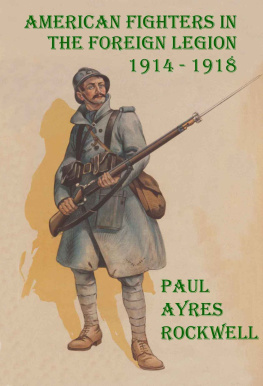
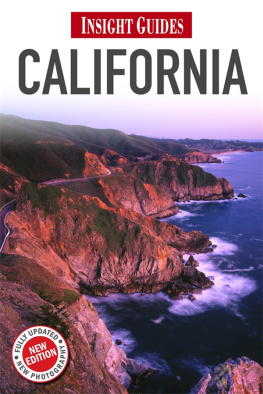
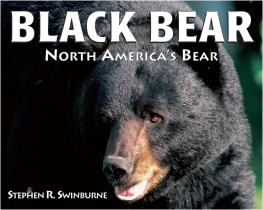
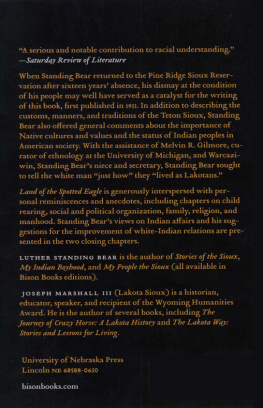
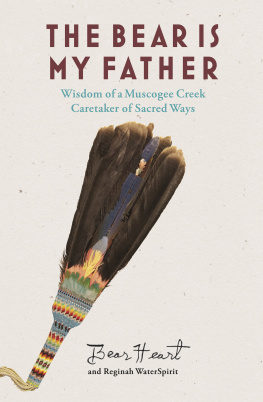
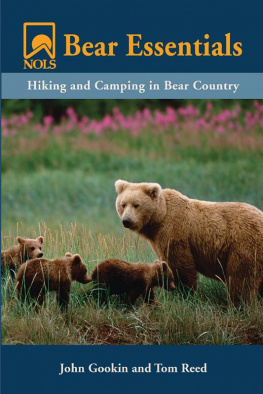
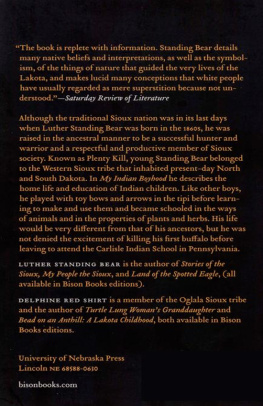
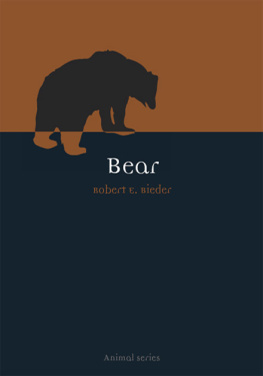
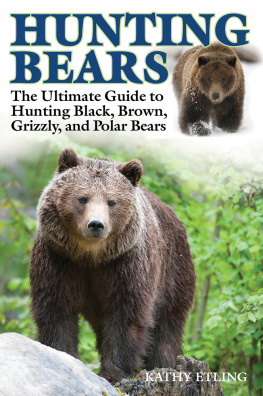


 The paper used in this publication meets the minimum requirements of American National Standard for Information SciencesPermanence of Paper for Printed Library Materials, ANSI/NISO Z39.48-1992.
The paper used in this publication meets the minimum requirements of American National Standard for Information SciencesPermanence of Paper for Printed Library Materials, ANSI/NISO Z39.48-1992.